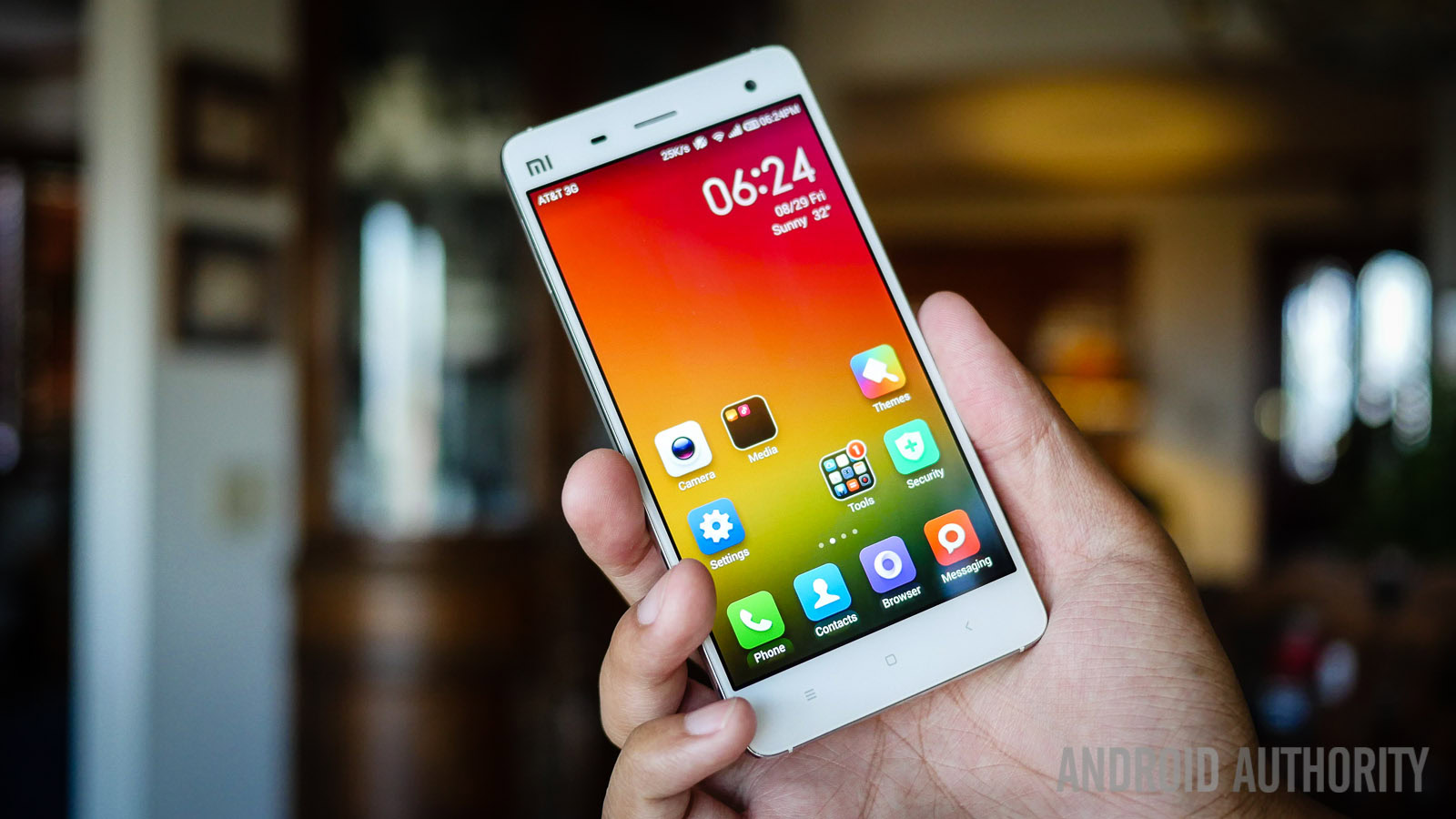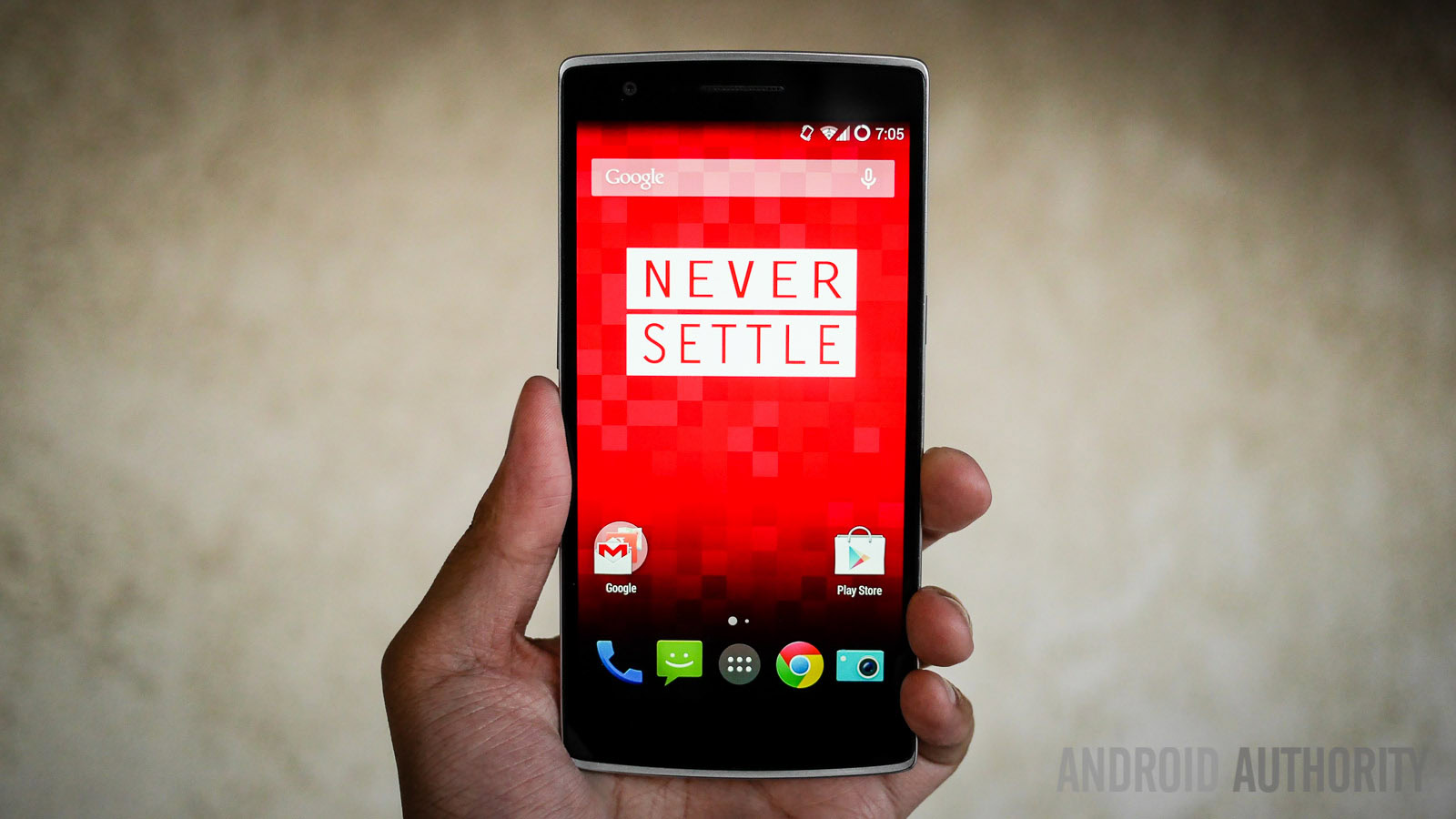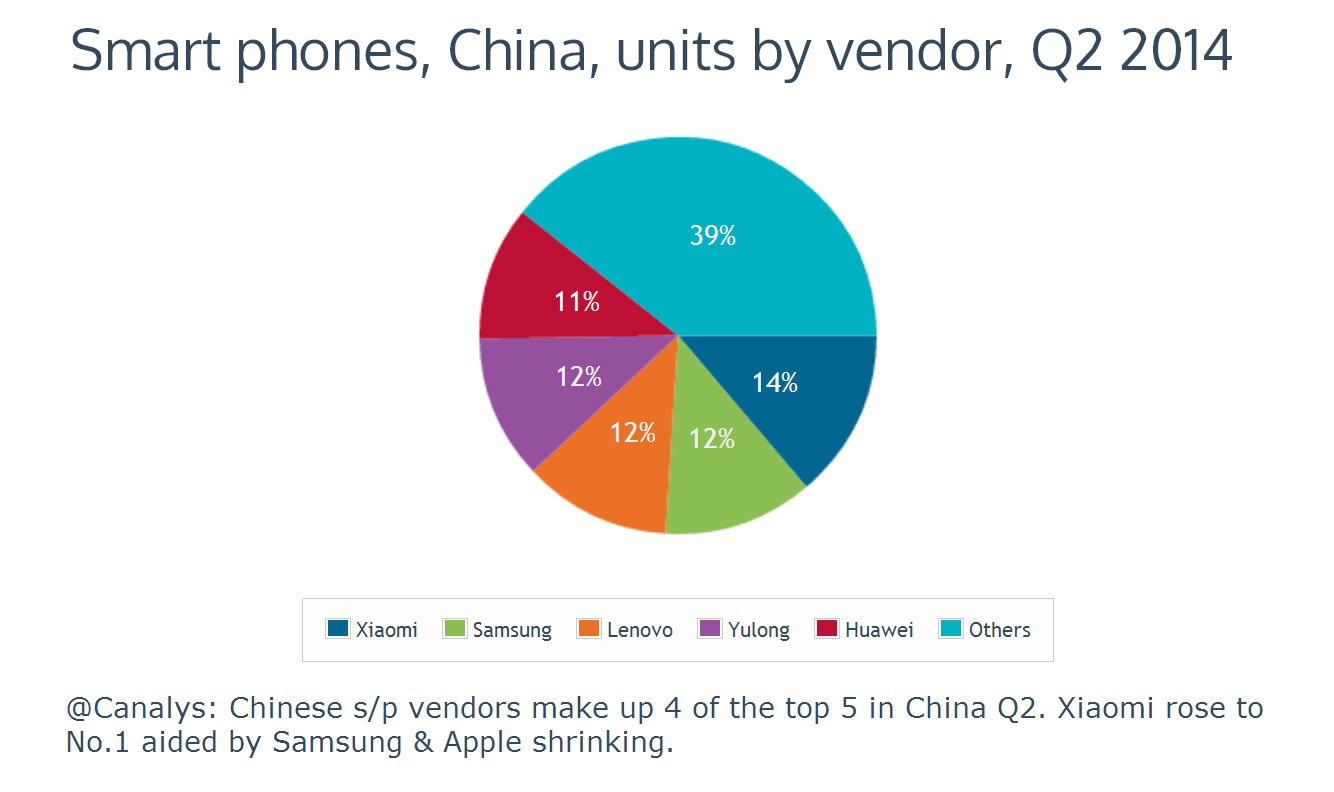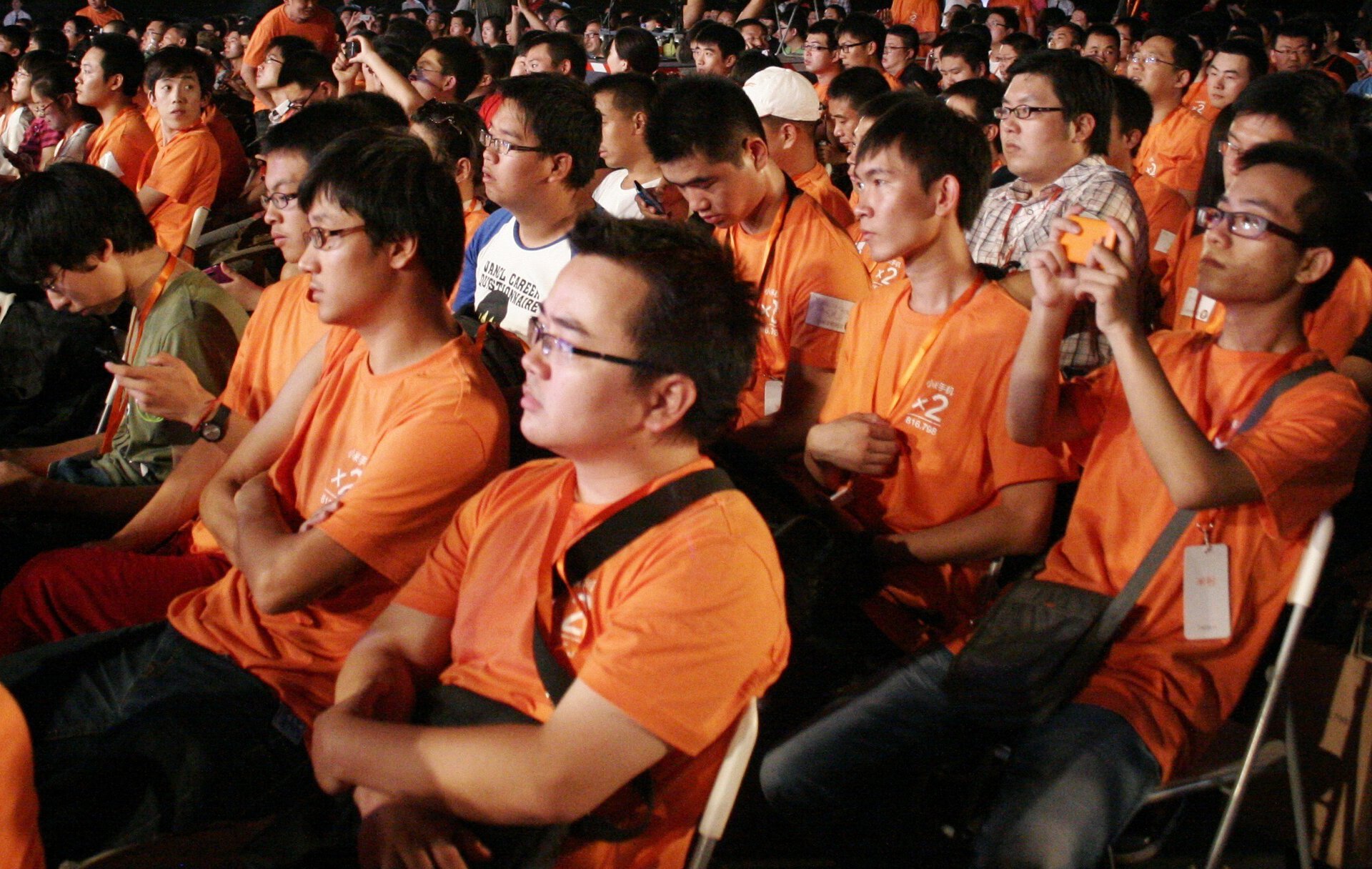Affiliate links on Android Authority may earn us a commission. Learn more.
Xiaomi vs OnePlus: Which one will come out on top?
September 19, 2014

When it comes to Android OEMs, some of the first names that come to mind are Samsung, LG, Motorola, HTCand Sony. Of course there are plenty of other OEMs out there, and recently two Chinese smartphone makers in particular have been the center of the spotlight — OnePlus and Xiaomi.
While neither company is very old, they have managed to attract quite a bit of attention, even if they are far from household names globally. On one side you have Xiaomi, founded in 2010 and a powerhouse that has not only a longer market presence, but a larger fanbase than OnePlus. On the other side you have OnePlus, founded in 2013 and holds one viral product for their company, the OnePlus One. Both companies employ a number of techniques to sell to their consumers, with Xiaomi listening directly to their users via social media, and OnePlus doing about the same, but with an added element of viral marketing.

Xiaomi’s social media campaigns are funded by their massive reserves of cash due to their position as China’s top smartphone seller and their most recent round of funding. While OnePlus uses a combination of viral marketing, coupled with special events and CyanogenMod to try and thrust themselves into the spotlight. One of the best indicators of who is doing better than the other is of course by how much interest each company has generated, as well as who has sold the most phones over the most recent financial quarters. With that said Xiaomi and OnePlus, one already very successful company, and the other just starting to make its mark, first try to sell you their product.
Sell me OnePlus One, sell me Redmi!

Xiaomi’s presence in the Chinese market has been staggeringly successful. In just three years Xiaomi went from a company that sold what some considered a copycat Apple product to now holding the highest percentage market share in the world’s largest country. Many people wonder how Lei Jun, Xiaomi’s CEO, started off as a man dressing like Steve Jobs selling the first Xiaomi phone with its MIUI ROM, to making his product so popular that their Mi3 phone sold out in mere seconds.

There are some who believe the reason for Xiaomi’s popularity comes in part because of the illusion of rarity. What this means is, that some people perceive Xiaomi as purposefully withholding sales of their phones so that only a certain number of their product is available. This is in order to give people a sense of exclusivity when they are able to finally buy it.
Good business practices aside, it clearly is an effective technique no matter how dubious or skeptical one may be of its moral value. Lei Jun, stated that the reason for constantly running out of his product was due to a lack of production, which he then said his company was in the process of streamlining. Lei Jun then went on to state that smartphones are like seafood, and that nobody would purposely curb its supply since it would become stale and undesirable. OnePlus and their product the OnePlus One, sang a similar song of controversy and limited supply.

OnePlus, founded by Pete Lau the former vice president of OPPO, announced their partnership with CyanogenMod for their release of the OnePlus One “2014 Flagship Killer” in Q2 of this year. This catapulted them into what can only be described as the oddest journey a fledgeling smartphone brand has ever had to endure.
When the OnePlus One was first announced, the hype around the phone became deafeningly loud
When the OnePlus One was first announced, the hype around the phone became deafeningly loud; a phone running the most popular alternative Android ROM CyanogenMod, with specs that rival even the best phones like the Nexus 5 and sporting the same CPU as the Galaxy S5. The phone not only had the specs, but it had the price to match. At only $300 USD for the 16GB version and $350 for the 64GB version, some would argue that it was the consumer’s perfect phone.
OnePlus had developed the technique of being invited first before being able to buy the OnePlus One, leading to only a choice few being able to get the phone regardless of if they had the funds to obtain it. By using the invite only scheme of getting their phones in conjunction with clever marketing and killer specs, people flocked to the OnePlus One, and in return OnePlus’ phone had truly hit the sweet spot of consumer satisfaction. That is, until their marketing team started making some awkward gaffes.
Competitions, Mi Fan festivals, and you

OnePlus had garnered lots of attention with its announcement that it was partnering with CyanogenMod on a new phone. After multiple news sites covered their debut, in April of 2014 Oneplus created a competition for a new way to get the OnePlus One called “Smash the Past”.
In order to gain publicity OnePlus decided to create a competition where after being one of the lucky 100 winners to get an email, you would have to smash your current phone on video to get a brand new OnePlus One for only $1.00. After signing up, where upon notifying that you were one of the lucky 100 winners, you would record a video of you destroying your phone, seems simple enough, right?

Of course in the beginning, the community was no doubt excited for their chance to get the OnePlus One, but some members got so excited that they didn’t read the first part of the rules and destroyed their phone before they were even chosen. After that misstep, and after the realization that destroying your perfectly functioning phone was a waste, people got angry that such a competition would even exist in the first place. Others also thought that smashing your phone to get another phone was a waste, and although their competition was not well received by the public-at-large, their next major competition had an even worse outcome.

That competition’s name? Ladies First. OnePlus’ initiative to give a “shout out” to all of the female fans of their phone, “In true gentlemen fashion because chivalry is not dead.” Pulled the biggest snafu possible, drawing the ire of almost every online news outlet and feminist group on the internet. After only a few hours OnePlus decided to stop the contest, stating in a new forum post that, “We understand that our contest was in bad taste…” and that they had decided to end the contest early. Xiaomi’s social media relations have certainly been less controversial but nonetheless still an interesting part of a powerful company.
OnePlus has competitions, Xiaomi also has competitions to get their latest phones, but more personalized than that, they have the Mi Fan Festival. Seemingly evolved from Xiaomi’s birthday which is April 6th, Xiaomi’s Mi Fan Festival gives the most devoted fans of the company a chance to show their undying love and devotion. The most recent, and arguably the first official Festival, took place this year April 8th in Southeast Asia’s economic powerhouse of Singapore.
Starting from 10 a.m. and ending at 10 p.m. for a full twelve hours fans had the chance to win over $80,000 in prizes, over 10k Redmi phones, 3k Mi3 phones, and 10k in-ear headphones. To an outside observer it seems like the Festival was a very convenient way to gain market penetration in Singapore, and solidify the support of anyone who had come to the event from another country. With all the different marketing campaigns, competitions, and festivals, which company comes out on top?
Teddy Bear vs. The Virus

In one corner we have OnePlus, with their underdog status and viral marketing, and in the other corner we have the economically proven Xiaomi with their massive user base. If people look strictly at the financial reports of both companies, along with total number of sold smartphones and the quarterly demand for each company’s products, Xiaomi comes out on top. If you look at the hype surrounding each company, articles that included OnePlus’ name peeked in around mid-to-late April overtaking articles mentioning Xiaomi, with a sharp decline and then a steady increase. Xiaomi has had a generally stable amount of interest until June where it seemingly skyrocketed over the period of about three to four weeks where it now sits far above OnePlus. So in terms of articles pertaining to the companies and consequently ‘hype’, Xiaomi also comes out on top.
Xiaomi’s already indefatigable march across the world has begun in China and they are planning on moving internationally later this year. This will lead to an even bigger market share along with increased profits. For OnePlus, the arrival of a real pre-order system and hints of a next-gen OnePlus Two may just drum up interest again for the company in the not-too-distant future.
With all of that said, Xiaomi has a strong chance of becoming an internationally powerful smartphone manufacturer, OnePlus has a chance as well, but lacks the established brand Xiaomi has spent these past few years to achieve and has certainly made some very real mishaps when it comes to marketing.
What do you think, does OnePlus have the chance to become a big deal globally, or will it be known as a one hit wonder when all is said and done?
[poll id=”736″]